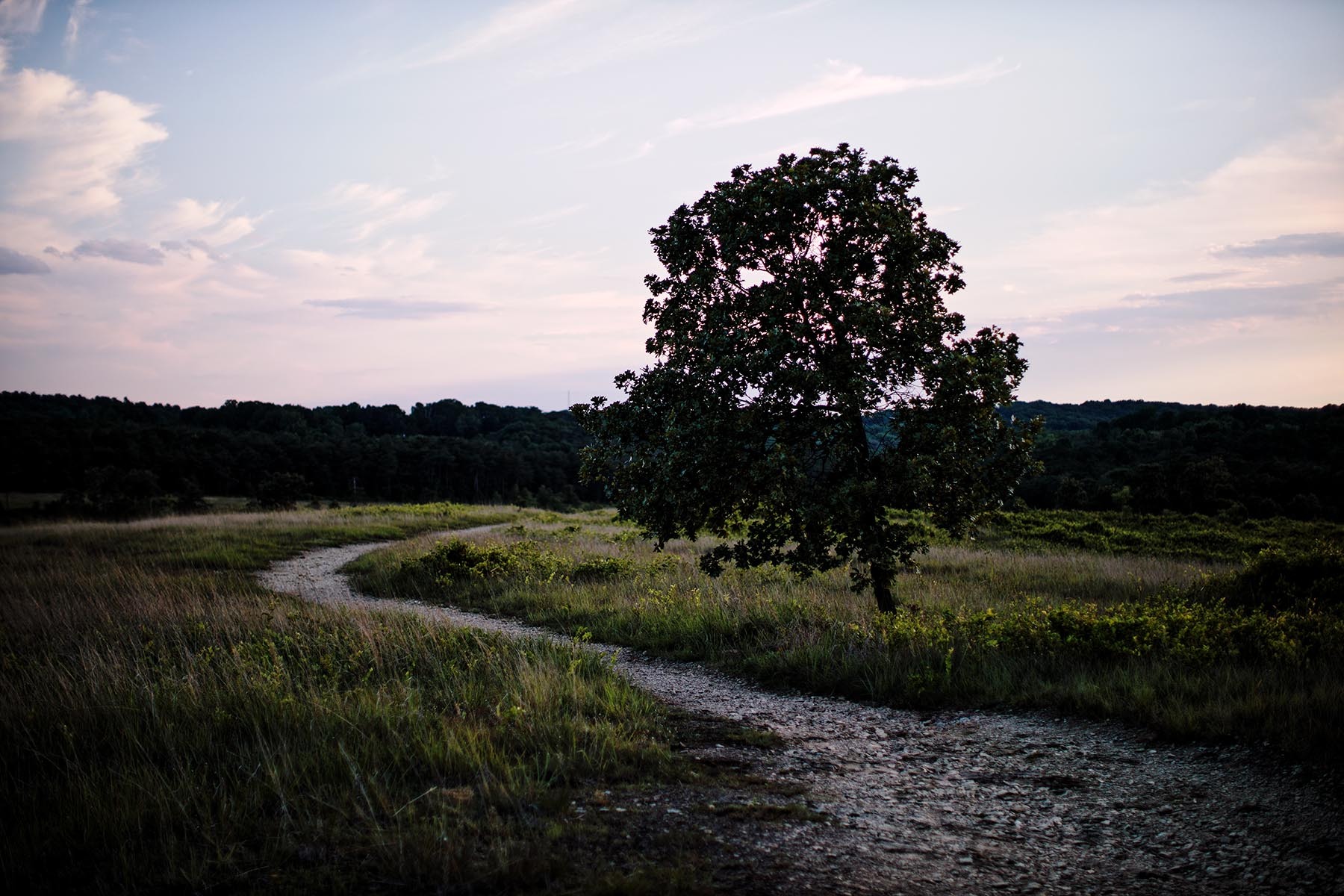LGBTQ+ hiking groups blaze Chesapeake trails

Adrienne Kilby hiked over dirt paths and rocky terrain to the cliff’s edge and gazed over the Potomac River. Surrounded by rocky walls and fall foliage on Billy Goat Trail, the view was spectacular—but it paled in comparison to the scene behind her. Following Kilby’s lead that fall day in 2019 were more than 20 new friends and fellow hikers, all brought together by Baltimore Queer Hike.
Kilby, who identifies as a queer woman, founded Baltimore Queer Hike two years ago as a way to meet people from the local LGBTQ+ community. “I started the group thinking I’d just make a few friends that like hiking,” admitted Kilby, who grew up in Harford County, Maryland. But as it turned out, the outdoor social group was in far higher demand than she imagined.
Nearly 900 people have joined Baltimore Queer Hike since it formed two years ago. Groups of people ranging in size from five to forty go hiking and kayaking, practice archery and forage for wild foods. Though the events are all outdoors, there’s no prerequisite to join—only opportunities to make friends and connect with nature.
Similar outdoor groups are popping up all over the Chesapeake watershed. Gay Outdoors, Get out and Trek, Lez Go!, Pride Outside and the Venture Out Project are just a few regional and national examples, many of which were established in just the past few years.
The benefits that these groups provide are often taken for granted by people outside the LGBTQ+ community. One of which is the chance to connect with people who have a similar background. As opposed to bars or parties, hikes are a quiet, casual venue where LGBTQ+ people can make friends and find romantic relationships. Being around people who also identify as LGBTQ+ allows for open and welcoming discussions that are less assured in other environments.
“People have developed little groups that they hang out with on a regular basis” said Kilby, describing the impact of Baltimore Queer Hike. “I love that and am so happy that that happened.”
Another benefit of group hikes for LGBTQ+ folks is safety. Harassment is a legitimate concern; incidents like the 1996 murder of a lesbian couple in Shenandoah National Park still haunt the community, while hikers continue to encounter hostility from other hikers. Being able to hike in large groups allows individuals to feel at ease and enjoy the experience to the fullest.

In Annapolis, Maryland, avid hiker and kayaker Kristina Leitch gave the state capital its very first LGBTQ+ hiking group, Annapolis Queer Outdoors, which accrued nearly 300 members in its first year.
Like Kilby, Leitch started her Annapolis group for the community and stayed for nature. “I found it hard to find many people in the LGBTQ+ community here in Annapolis,” said Leitch, who admits that before Annapolis Pride was founded in 2019, it was even harder for newer residents to find a social group.
Leitch was a part of an outdoor organization in her youth that allowed her to hike at prominent locations in the Northeast such as the White Mountains and the Adirondacks. Annapolis Queer Outdoors is her way of bringing that part of her life back, but with the added benefit of a supportive community. “I miss doing all those things more often and needed a push, but I wanted the safety of not doing certain things alone.”
Hallie Herz, a queer woman who leads hikes in Maryland for The Venture Out Project (TVOP), schedules many of her hikes around the holidays because of the number of LGBTQ+ people for whom home isn’t a safe space. In that sense, the hiking groups become a “chosen family” that help fill a major void in people’s lives. Nationally, TVOP and other organizations also host youth hikes, which provide spaces for LGBTQ+ youth to be their full selves.
As a trip leader, Herz is able to facilitate these types of experiences. “Creating a space where people feel safe to take that step they may not necessarily do otherwise…that feels special. And I feel lucky.”
This sense of community has inspired leaders from LGBTQ+ outdoor organizations to extend support to other minority groups. Herz is transparent about her hikers being predominantly white and says that the organization is reflecting on ways it can be more inclusive so folks of all racial and ethnic identities feel welcome and represented. Kilby starts every hike by reflecting on how the group is exploring land that was once owned by indigenous people. Herz said that this is also a focus of TVOP.
Allyship, in all its forms, is a powerful social tool. For the many hikers and outdoor enthusiasts who don’t face the same challenges that members of the LGBTQ+ community do, there are things you can do to show support. You can donate to nonprofits that reduce inequalities in the LGBTQ+ community. You can inform yourself about the history of the LGBTQ+ rights movement. And you speak out against LGBTQ+ discrimination.
Building a sense of community may start with people like Kilby, Leitch and Herz, but it’s something we can all participate in and be proud of.

Comments
There are no comments.
Thank you!
Your comment has been received. Before it can be published, the comment will be reviewed by our team to ensure it adheres with our rules of engagement.
Back to recent stories